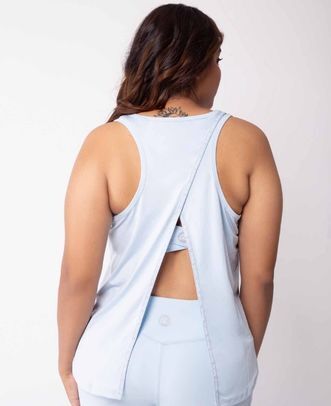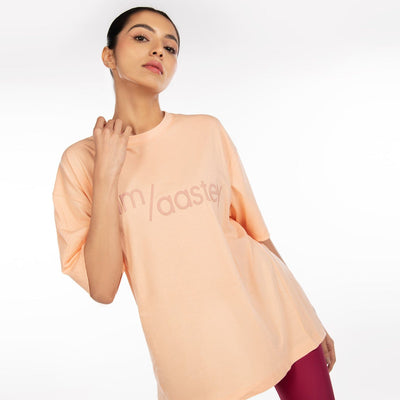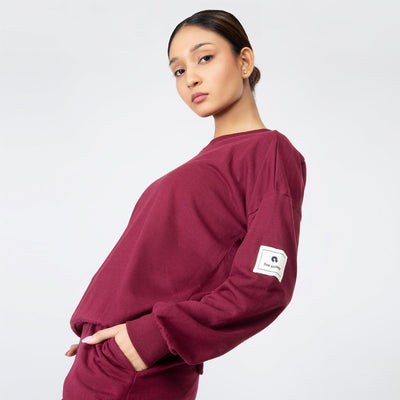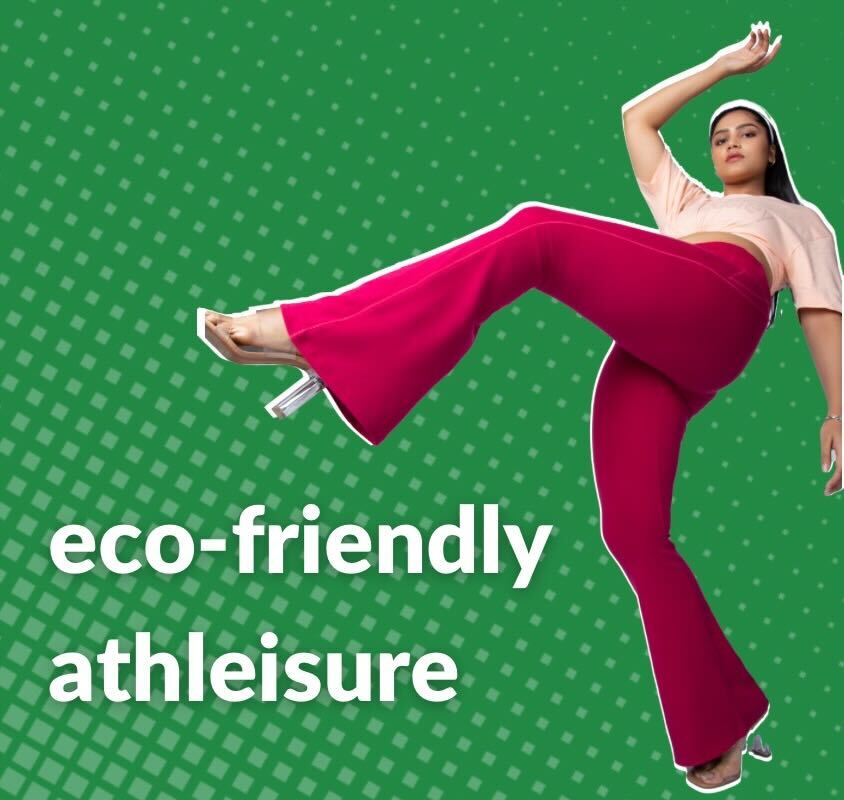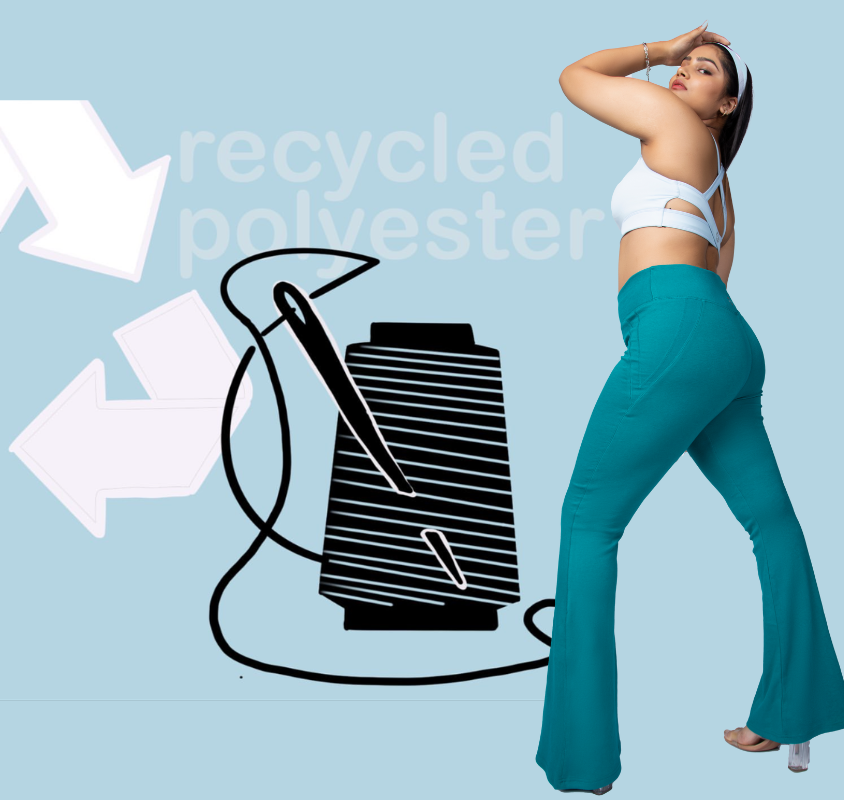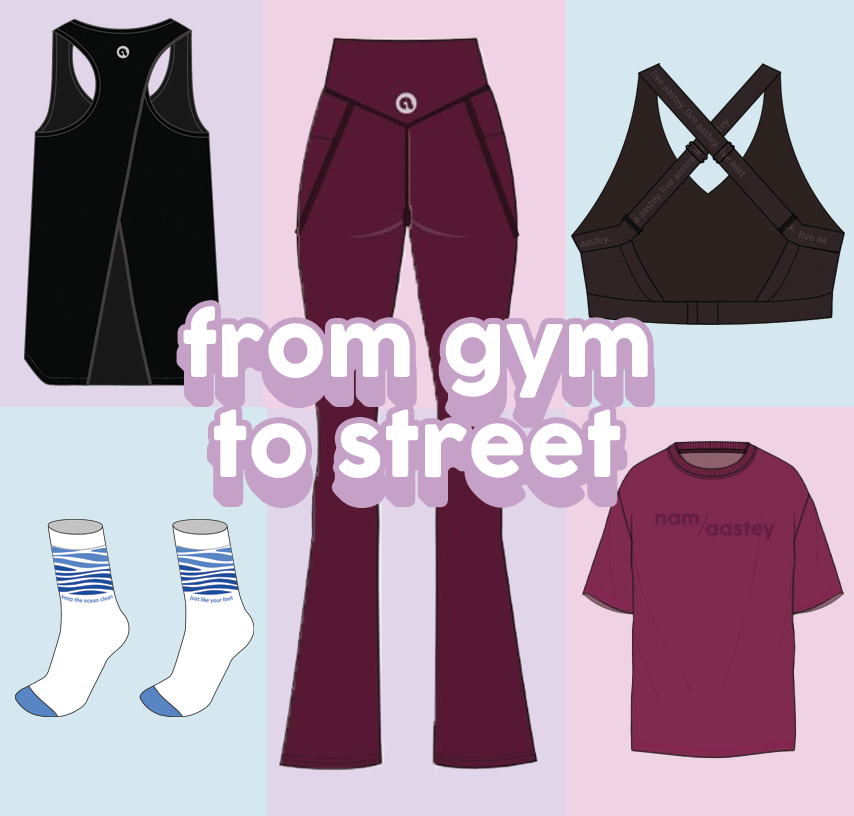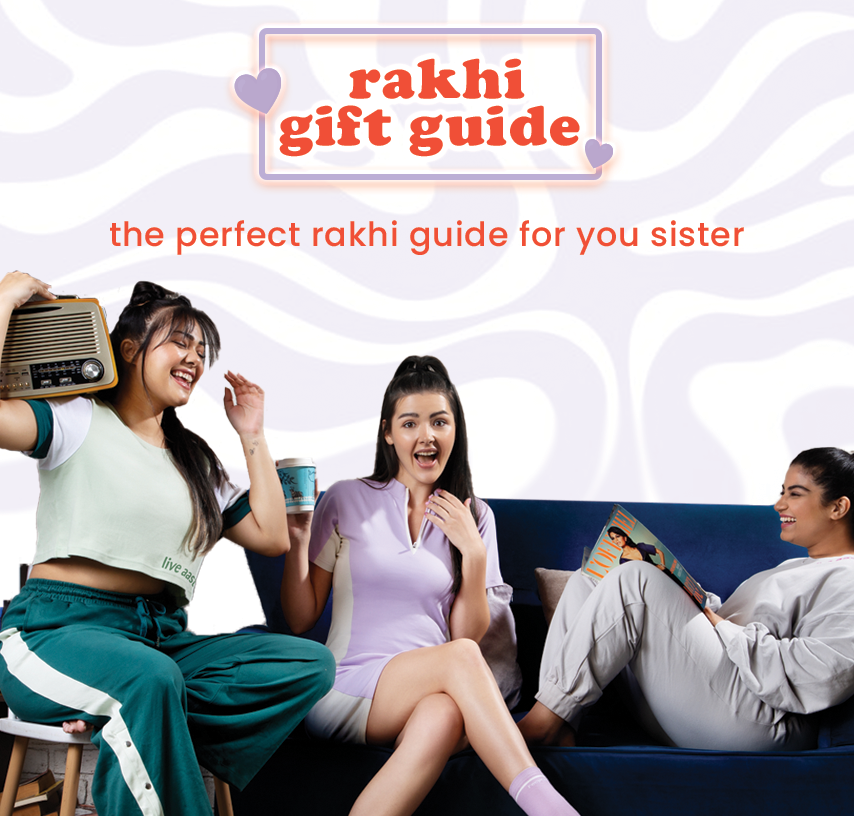have you ever heard of palm oil? if you haven’t, it’s just a simple edible vegetable oil; extracted from the fruit of palms. but while it can give an impression that it is probably only in edible products, the truth, as always, is a little different.
palm oil is in everything, from chocolate to toothpaste. it is also used in biofuel in many parts of the world.

so why do we have such a problem with palm oil?
according to estimates, the european union produces approximately 66 million tonnes of palm oil. that is almost as close as the weight of around 10 billion people. the production of palm oil has led to devastation across the forests of malaysia and indonesia, particularly destroying the habitats of endangered species like orangutans and sumatran rhinos. estimates suggest that these forests might disappear very soon.
now that we know everything about what palm oil stands for, i.e., the destruction of countless forests, let’s find out what in the fashion industry carries the same weight.
rayon and viscose: the palm oil of fashion industry
next time you buy a piece of clothing, take a look if the tags say something like "rayon" or "viscose". it is quite a popular fabric for its smooth and soft texture. some companies even market them as "eco-friendly," owing to the fact that they are made from plant materials rather than synthetic fabrics like nylon and polyester. here are some tips on how to avoid greenwashing.
but, these fabrics are anything but sustainable. both rayon and viscose are known to be produced from old-growth trees in endangered rainforests. so, while rayon sounds like a great alternative, all we are doing is trading one evil for the other. more than 200 million trees in Indonesia and brazil are being logged annually to create cellulosic fabrics. and almost 70% of the trees are wasted in the production process. the process is also extremely toxic for the workers who are spinning these plants into threads using sulfuric acid.

the only way to make sure that these fabrics are sourced from well-managed forests. but, the truth is that there is no way to know where our rayon fabrics are coming from. whether they are sourced from well-managed north american forests or old-growth endangered rainforests.
with people becoming more conscious of the implications, many fashion brands are now pledging to create cleaner supply chains for sourcing rayon.
aastey is also continuously looking for alternatives that can make our products more sustainable. the first step is the promise to live sustainable. because you deserve better.
take care and live aastey!

